They don’t blink.
They don’t hesitate.
And they never play fair.
Nature’s fiercest predators weren’t built for kindness—they were built to dominate. These animals don’t waste time sizing up the situation. They strike, they shred, and they own every inch of their territory without a second thought.
Some stalk silently. Others barrel in like wrecking balls with teeth. From frozen tundras to tropical jungles, these hunters have mastered the art of taking what they want and leaving nothing behind.
So if you’re squeamish? This might not be your kind of animal kingdom. But if you’re ready to meet the most cutthroat creatures on the planet—welcome to the wild’s most unforgiving lineup.
Great White Shark
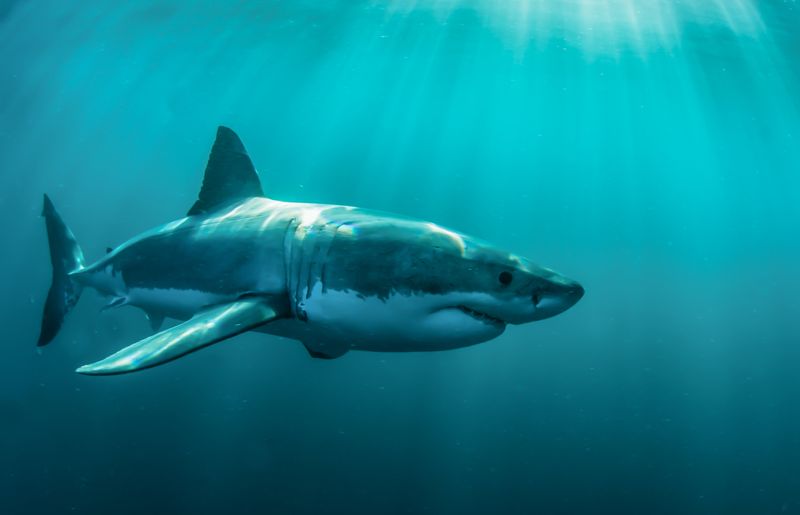
The great white shark, with its massive jaws and razor-sharp teeth, reigns supreme in the ocean. Known for its stealth and power, it strikes fear into the hearts of its prey. This apex predator uses its acute sense of smell to detect blood from miles away, making it a formidable hunter. Its presence in the ocean is both feared and admired. The great white’s ability to leap out of the water in pursuit of seals showcases its incredible strength. Did you know? Despite its fearsome reputation, attacks on humans are rare and often due to mistaken identity.
Saltwater Crocodile
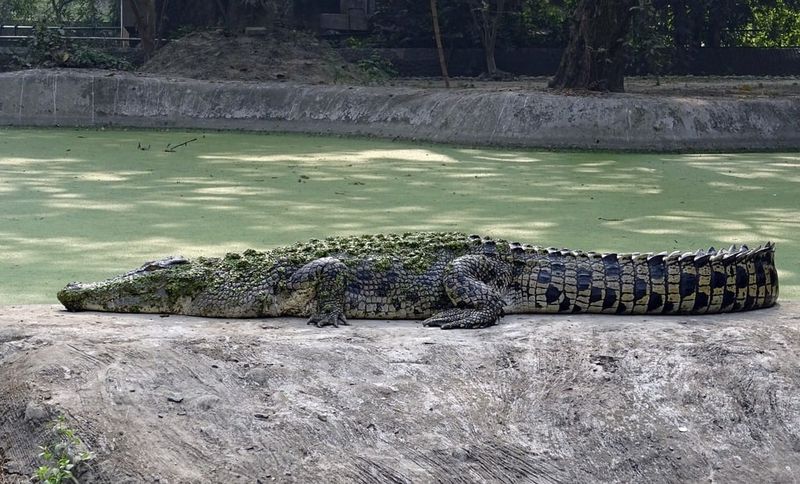
In the swampy regions of Australia and Southeast Asia, the saltwater crocodile waits with menacing patience. This prehistoric predator is capable of taking down almost any creature that ventures too close. Its powerful jaws can exert a bite force of over 3,000 pounds per square inch, making it a master of ambush. These crocodiles are known to take down large mammals, including water buffalo and even sharks. Its stealthy approach and explosive attack leave little chance for escape. Interestingly, these crocodiles can live for over 70 years, ruling their watery territories.
African Lion
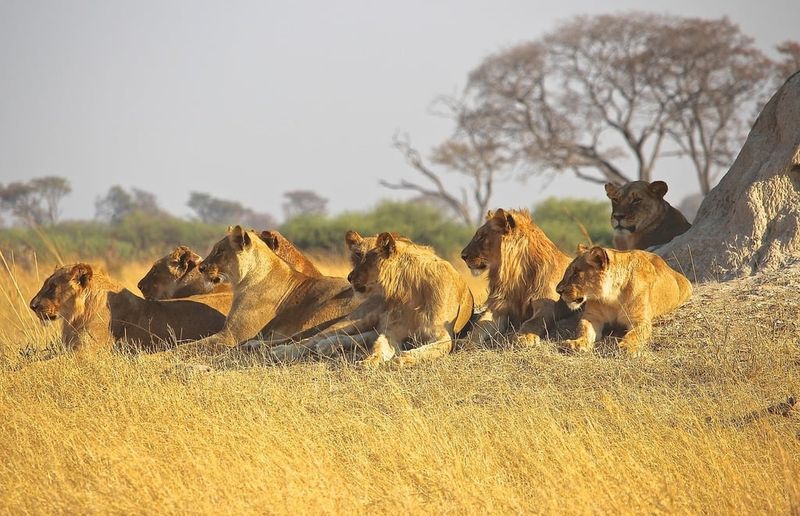
The African lion, known as the king of the jungle, commands respect across the savannahs of Africa. With social dynamics that involve intricate pride structures, lions work together to hunt large prey. Their cooperative tactics allow them to take down animals much larger than themselves, such as buffalo and giraffes. A lion’s roar, which can be heard up to five miles away, is a testament to its dominance. Despite being social creatures, lions are ruthless when it comes to securing food for their pride. This balance of camaraderie and ferocity defines their reign.
Bengal Tiger

With its mesmerizing stripes and piercing eyes, the Bengal tiger is a solitary yet powerful predator. Roaming the forests of India and Bangladesh, it relies on its stealth and strength to ambush prey. This big cat can take down animals twice its size with a single pounce. Its powerful limbs and keen senses make it a master of the hunt. Tigers are known for their territorial nature, marking vast areas with scent to ward off intruders. Despite their solitary existence, these predators play a crucial role in maintaining the balance of their ecosystem.
Killer Whale (Orca)
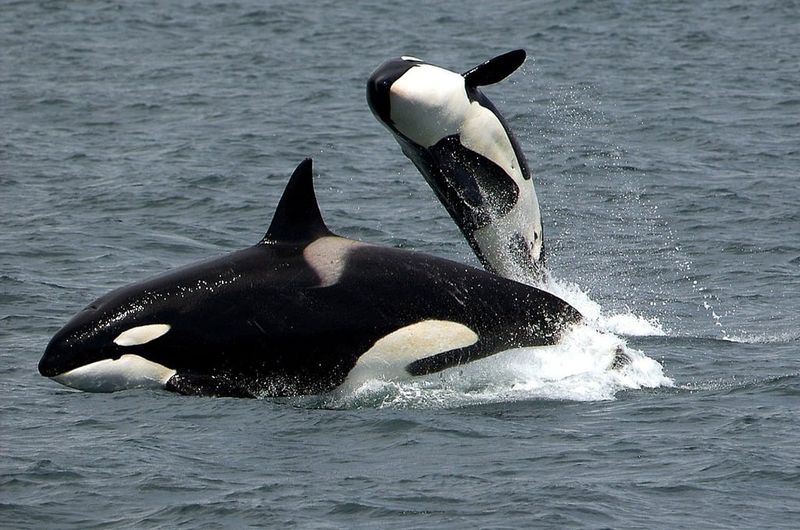
The killer whale, or orca, is known for its intelligence and cooperative hunting techniques. These marine mammals form tight-knit pods that work together to hunt seals, fish, and even other whales. Their complex communication and social structures are akin to those of wolves on land. Orcas are known to beach themselves temporarily to catch seals, showcasing their adaptability and cunning. Despite their name, they pose little threat to humans. Their dominance in the ocean is marked by their strategic prowess and the ability to tackle prey much larger than themselves.
Polar Bear
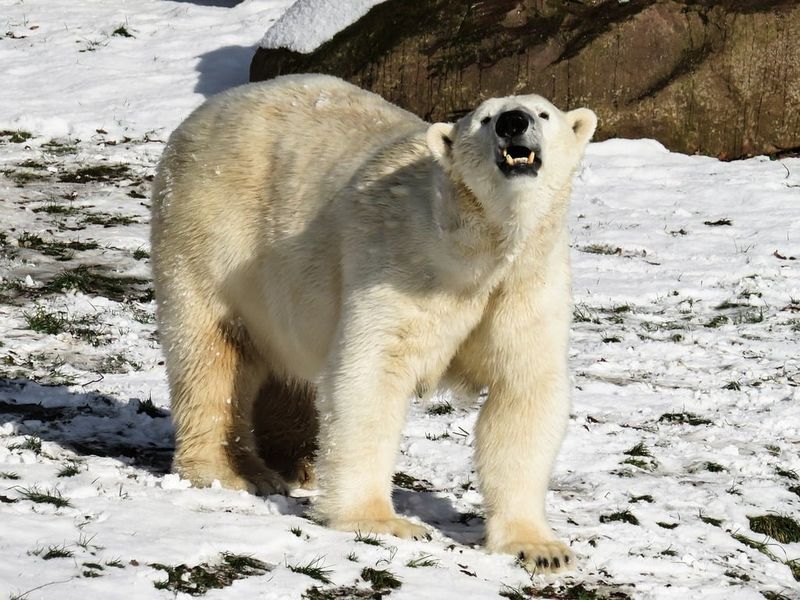
In the harsh Arctic environment, the polar bear is a symbol of endurance and strength. With its thick fur and layer of blubber, it is perfectly adapted to freezing temperatures. Polar bears are solitary hunters, primarily preying on seals. Patience is their greatest weapon, as they wait by breathing holes in the ice for hours on end. Their powerful limbs allow them to swim great distances in search of food. The polar bear’s ability to survive in such extreme conditions makes it one of the most formidable predators in the polar regions.
Komodo Dragon

The Komodo dragon, native to Indonesia, is the largest lizard on Earth. Its powerful legs and venomous bite make it a fearsome hunter. Remarkably, it can take down prey as large as water buffalo. After a successful hunt, it feasts on its kill, consuming up to 80% of its body weight in one meal. These dragons rely on their keen sense of smell, using their forked tongues to detect rotting carcasses from miles away. Despite their size, they are agile and quick when pursuing prey, making them unrivaled rulers of their domain.
Grey Wolf

The grey wolf, with its haunting howl, reigns supreme in the forests of North America and Eurasia. These pack animals are known for their cooperative hunting strategies, allowing them to take down prey much larger than themselves. Each member of the pack plays a crucial role, exhibiting intelligence and teamwork. Wolves communicate through a series of howls, barks, and body language, strengthening their social bonds. Their relentless pursuit and endurance during hunts make them iconic predators. Despite being feared, they are essential for maintaining the ecological balance in their habitats.
Harpy Eagle
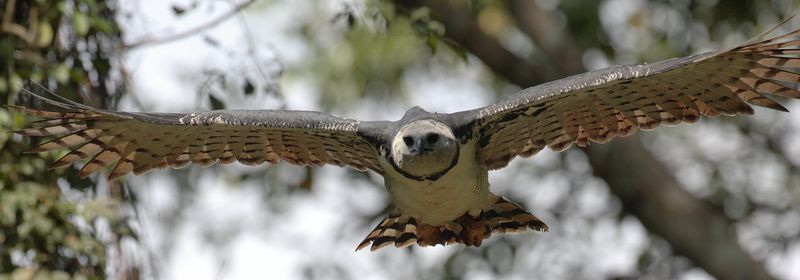
With its striking appearance and powerful build, the harpy eagle is a master of the skies. Found in the rainforests of Central and South America, it preys on monkeys, sloths, and other arboreal creatures. Its keen eyesight allows it to spot prey from great distances. This majestic bird of prey boasts talons as large as a bear’s claws, capable of snatching animals from trees with precision. Despite its size, the harpy eagle is an agile and stealthy hunter. Its presence in the canopy is a testament to the intricate web of life in the rainforest.
Mountain Lion (Cougar)
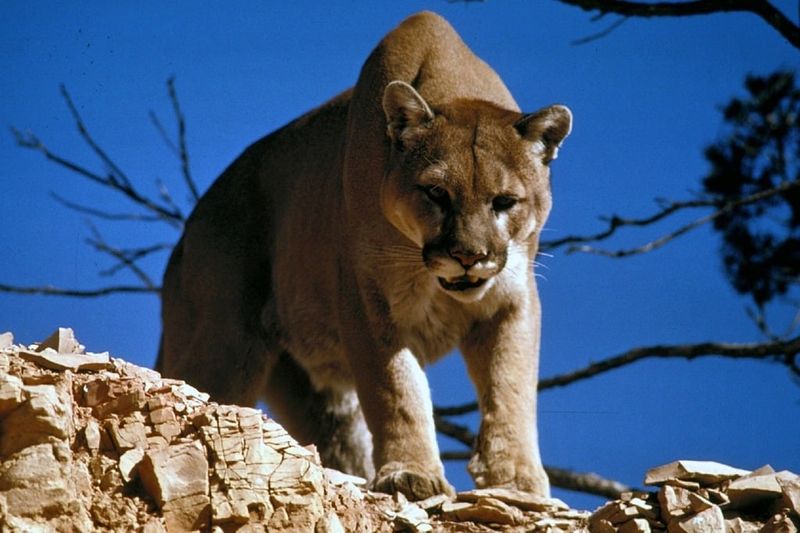
Known for its agility and strength, the mountain lion is a solitary and elusive predator. Roaming the Americas, it adapts to diverse habitats, from deserts to forests. This cat relies on stealth to ambush prey, often leaping from high vantage points to surprise its victims. Its diet is varied, including deer, elk, and small mammals. Despite its solitary nature, the mountain lion plays a vital role in controlling prey populations. Its adaptability and hunting prowess make it a formidable presence in its territory, embodying the spirit of the wild.
Siberian Tiger

The Siberian tiger, with its thick coat and powerful build, is the largest of all tigers. Native to the harsh climates of the Russian Far East, it thrives in cold environments. This majestic cat is a solitary hunter, relying on its strength and stealth to capture prey. Its diet includes deer, boar, and even smaller predators. The Siberian tiger’s ability to adapt to extreme weather conditions showcases its resilience. Despite its solitary lifestyle, it plays a crucial role in maintaining the ecological balance of its habitat, a testament to nature’s adaptability.
African Wild Dog
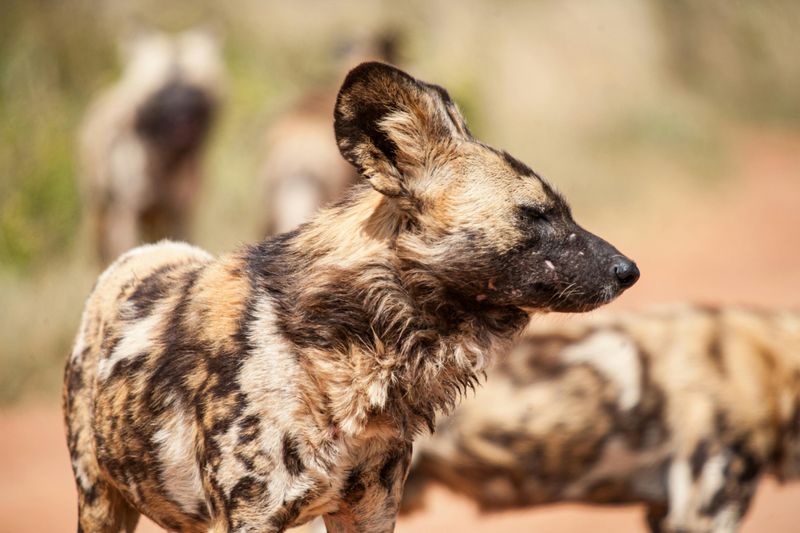
Known for their colorful coats and large ears, African wild dogs are pack animals with a remarkable sense of teamwork. Roaming the savannah and open plains, they rely on coordinated hunting strategies to take down prey. Their communication is key, using vocalizations and body language to coordinate attacks. Despite their size, they can bring down antelope and other large herbivores. These social predators play a significant role in their ecosystems by controlling prey populations. Their commitment to the pack and efficient hunting techniques make them formidable hunters in the wild.
Peregrine Falcon
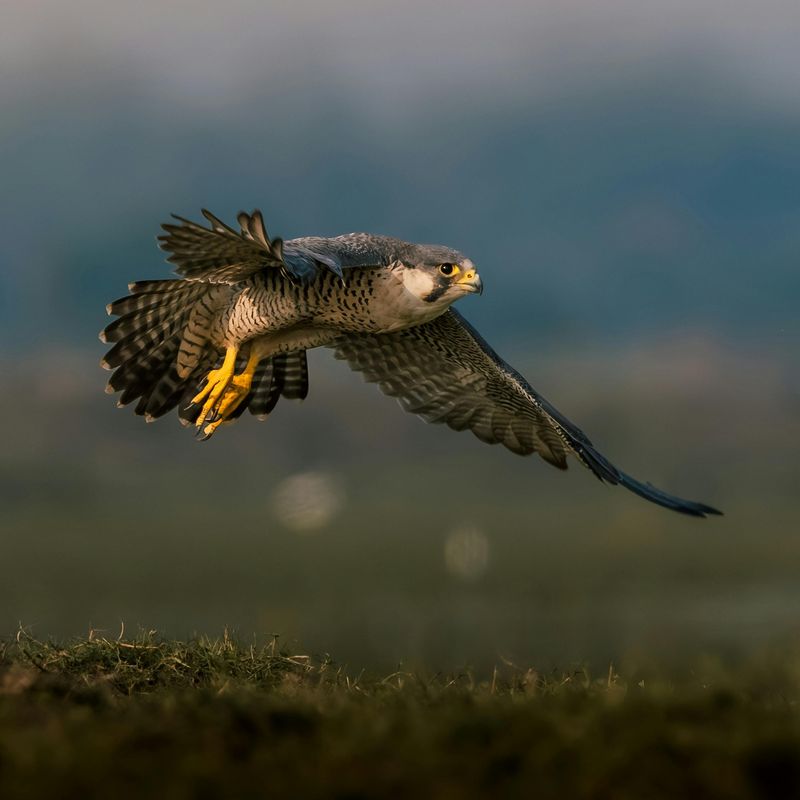
Renowned for its speed, the peregrine falcon is the fastest bird in the world. With a streamlined body and keen vision, it can reach speeds of over 240 mph during a stoop. This raptor preys on birds, capturing them mid-air with astonishing agility. Found worldwide, peregrine falcons are adaptable and resilient hunters. They nest on high cliffs or even urban skyscrapers, showcasing their adaptability. Despite their small size, they are formidable predators of the skies. Their speed and precision make them a symbol of power and grace in the avian world.
Hyena
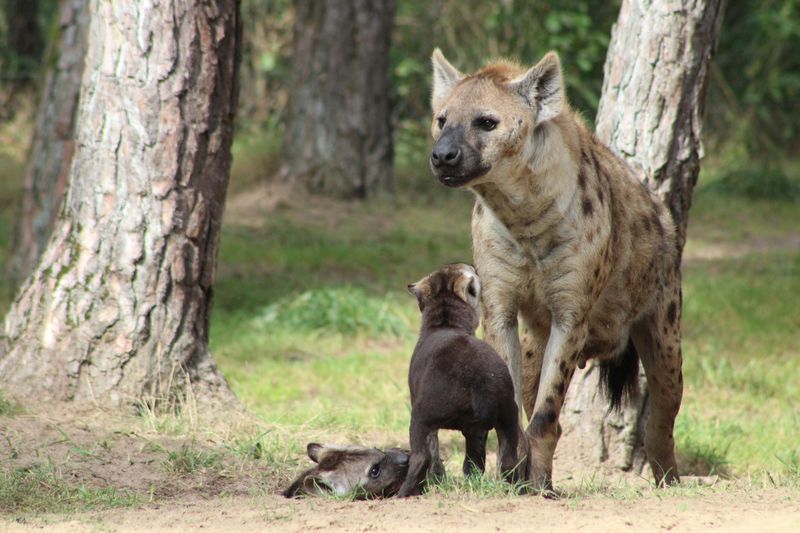
Often misunderstood, the hyena is a cunning and resourceful predator. Found in Africa, they live in matriarchal clans and are known for their distinctive laugh. Hyenas are both proficient hunters and scavengers, capable of taking down prey or feeding on carrion. Their strong jaws can crush bones, allowing them to extract nutrients others can’t. Despite their reputation as scavengers, they are successful hunters, often outsmarting other predators. Their social structures and adaptability ensure their survival in harsh environments. The hyena’s role in the ecosystem is vital, maintaining the balance between predator and prey.
Jaguar
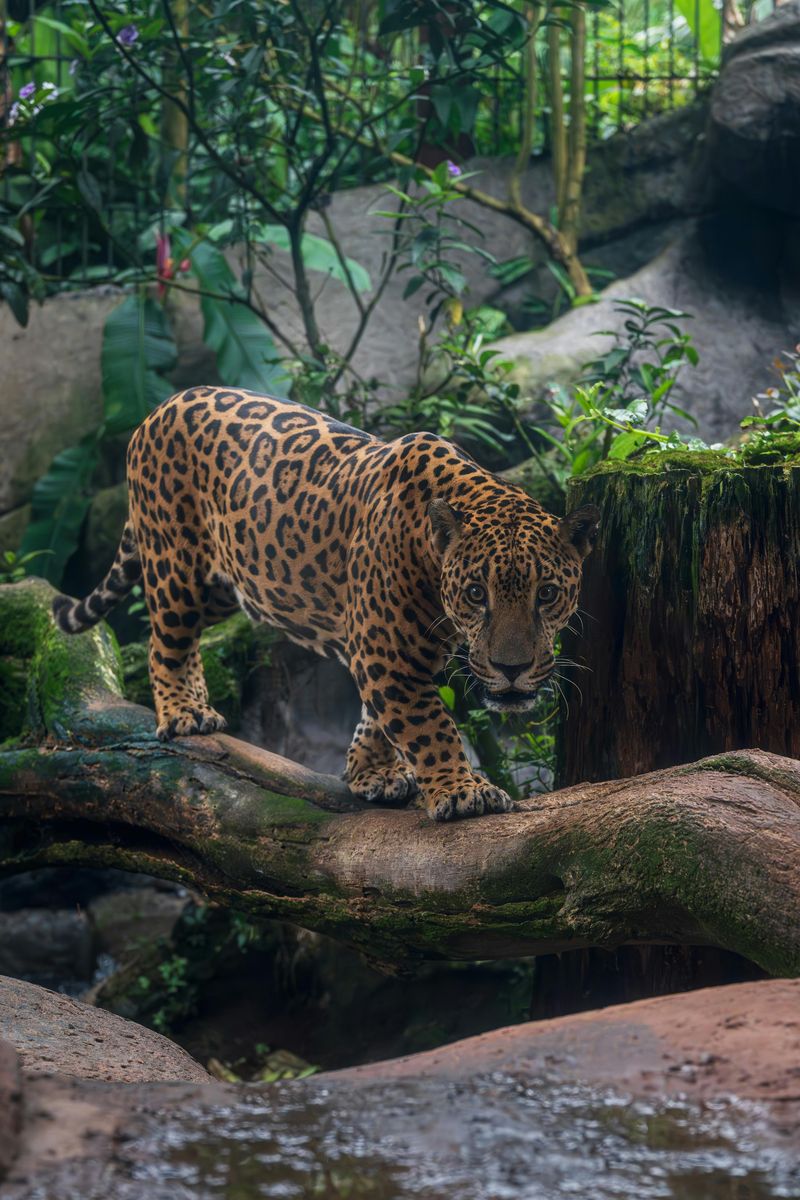
The jaguar, with its rosetted coat and powerful build, is the apex predator of the Americas. Found primarily in the Amazon rainforest, it is a master of both land and water. Jaguars are known for their strong jaws, capable of crushing skulls or shells with ease. This solitary hunter uses stealth and strength to ambush prey, including deer, capybaras, and even caimans. Its ability to swim and climb makes it versatile in its pursuits. Jaguars play a crucial role in their ecosystems by controlling populations of various species, maintaining a delicate balance.

